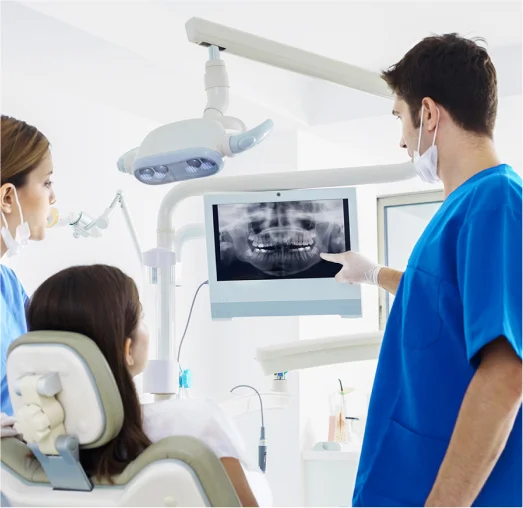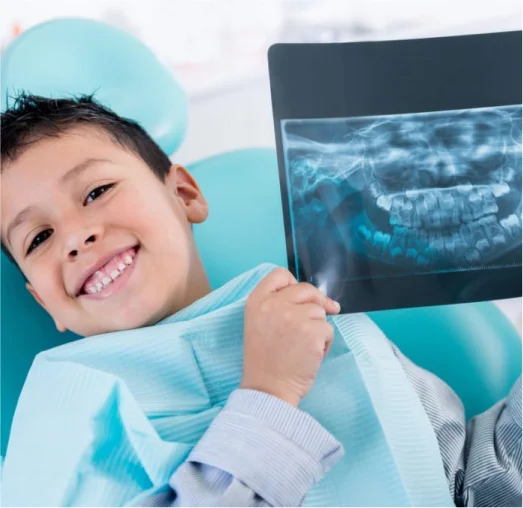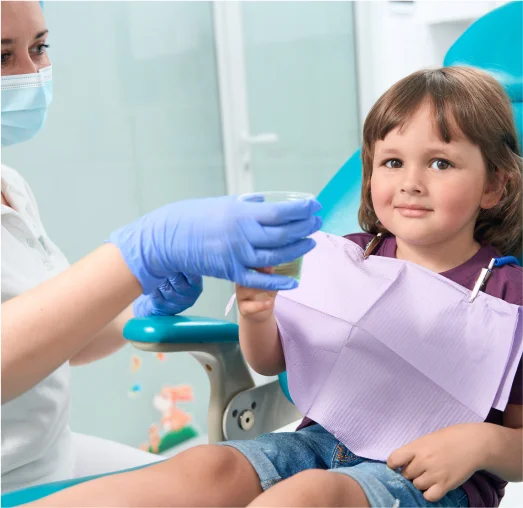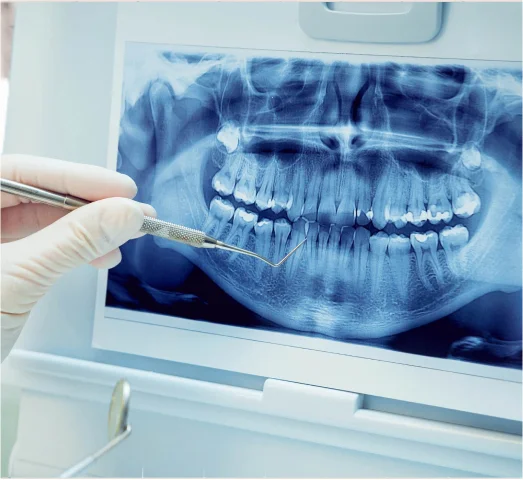About
Simplifying Visits with the Latest Tech

Digital Dental X-Rays
At our clinic, we utilize cutting-edge digital dental X-ray technology to provide our patients with the highest standard of care. This advanced diagnostic tool allows us to capture detailed images of the teeth, gums, and surrounding bone structure with enhanced precision and efficiency. Unlike traditional film-based X-rays, our digital X-ray system uses electronic sensors to produce high-quality images instantly, reducing wait times and improving the overall patient experience.
One of the key benefits of this technology is its significantly lower radiation exposure, ensuring a safer diagnostic process for our patients. Additionally, digital images can be easily stored, shared, and analyzed, enabling us to track changes over time and create more precise, personalized treatment plans. With the ability to zoom in and adjust contrast, our team can detect potential issues earlier and provide more accurate diagnoses, ultimately leading to better oral health outcomes for our patients.
Less Radiation, More Smiling with Digital X-Rays
At OWL Pediatric Dentistry, Bloomingdale we are committed to providing the latest in dental technology to enhance patient care and safety. That’s why we utilize state-of-the-art digital dental X-rays, offering a faster, more precise, and safer imaging solution for our patients.
One of the key benefits of this technology is reduced radiation exposure. Unlike traditional X-rays, which emit higher doses of radiation, digital X-rays use advanced imaging technology to capture high-quality images with significantly lower radiation levels, ensuring a safer experience for you and your family.
This innovation not only enhances oral healthcare but also provides peace of mind, knowing the process is both efficient and minimally invasive. With faster imaging, sharper results, and a strong focus on patient safety, digital X-rays help us detect potential issues early, create more precise treatment plans, and keep your smile healthy and bright.


How Digital Dental
X-Rays Work
Digital dental X-rays utilize electronic sensors to capture detailed images of the teeth and surrounding structures, replacing traditional film-based methods. During the process, a small sensor is placed inside the patient’s mouth while a brief burst of radiation targets the area being examined. The sensor absorbs the radiation and converts it into digital data, which is instantly transmitted to a computer. This data is then processed into a high-resolution image of the teeth, bones, and soft tissues, allowing the dentist to quickly assess oral health, identify potential issues, and develop an effective treatment plan. Compared to traditional X-rays, digital X-rays provide sharper images, faster results, and significantly lower radiation exposure, ensuring a safer and more efficient diagnostic experience.
Are Digital Dental X-Rays Safe for Kids?
Yes, digital dental X-rays are completely safe for children and are considered one of the most reliable diagnostic tools in pediatric dentistry. These X-rays emit significantly lower levels of radiation compared to traditional methods, making them an ideal choice for young patients. The process is quick, further reducing radiation exposure. Additionally, our dentists take special precautions when performing X-rays on children, including the use of lead aprons and thyroid collars to protect sensitive areas. The high clarity of digital images enables more accurate diagnoses, allowing us to identify potential issues early and provide optimal care for your child’s oral health with minimal risk.


What If My Child Already Has Film X-Rays?
If your child has had traditional film X-rays, there is no cause for concern. While traditional X-rays remain an effective and widely used diagnostic tool, they do involve higher radiation levels compared to digital X-rays. However, if your child’s dental needs evolve or if more frequent X-rays are required in the future, you may want to consider transitioning to digital X-rays. Digital technology offers several benefits, including reduced radiation exposure, quicker results, and the convenience of easily storing and sharing images for enhanced ongoing care. Your dentist will be happy to review your child’s dental history and discuss the best imaging options for future visits.



